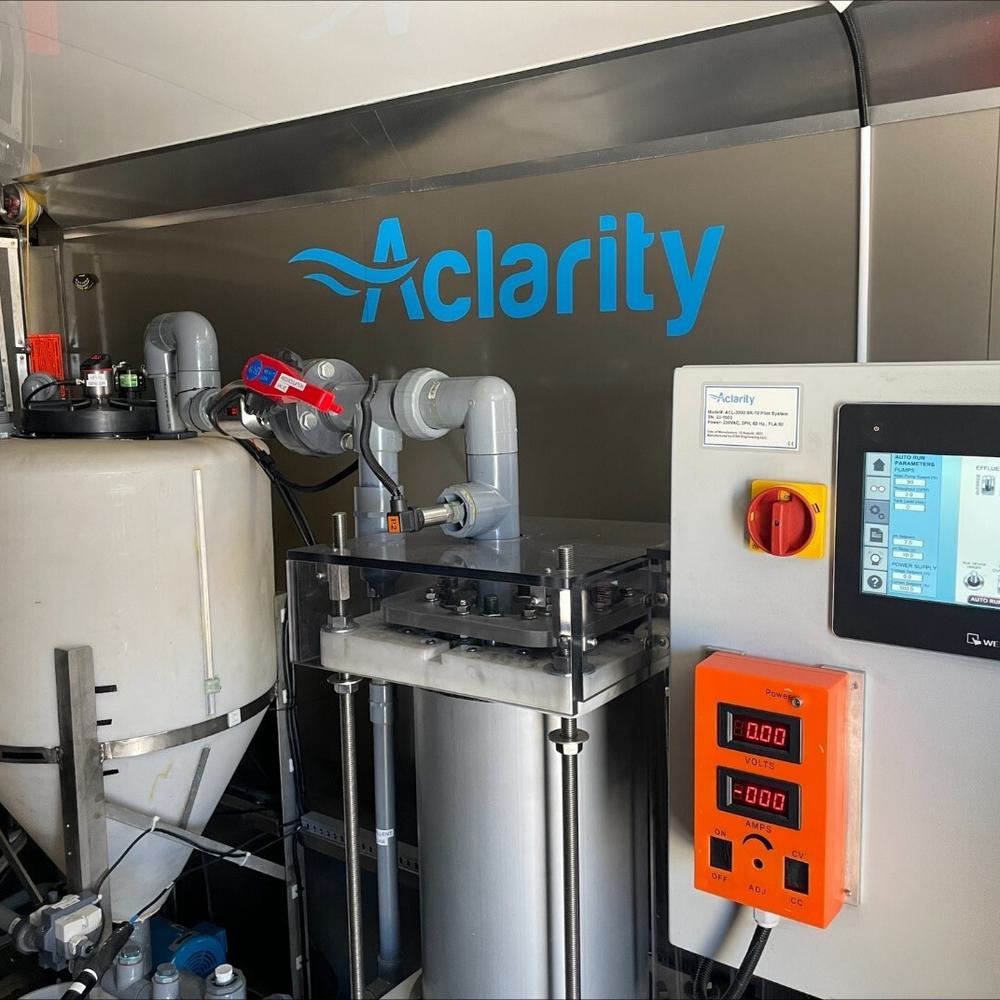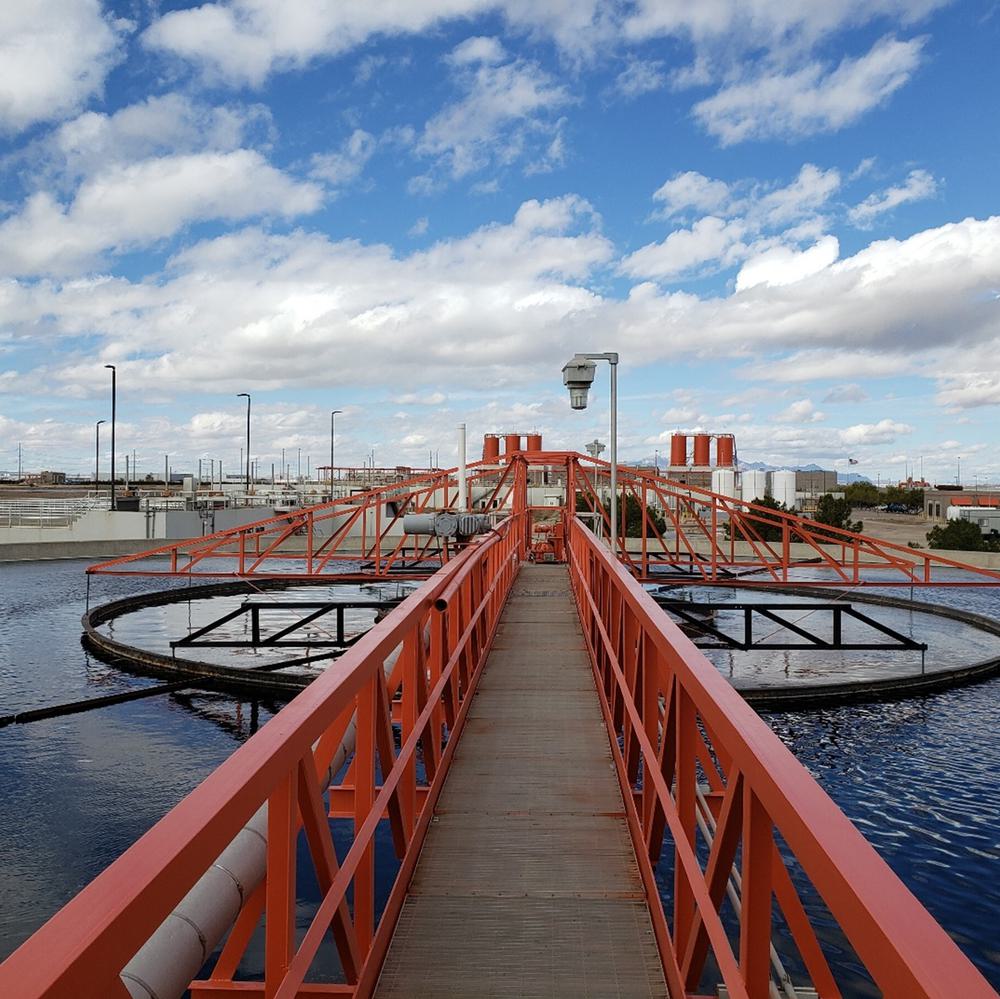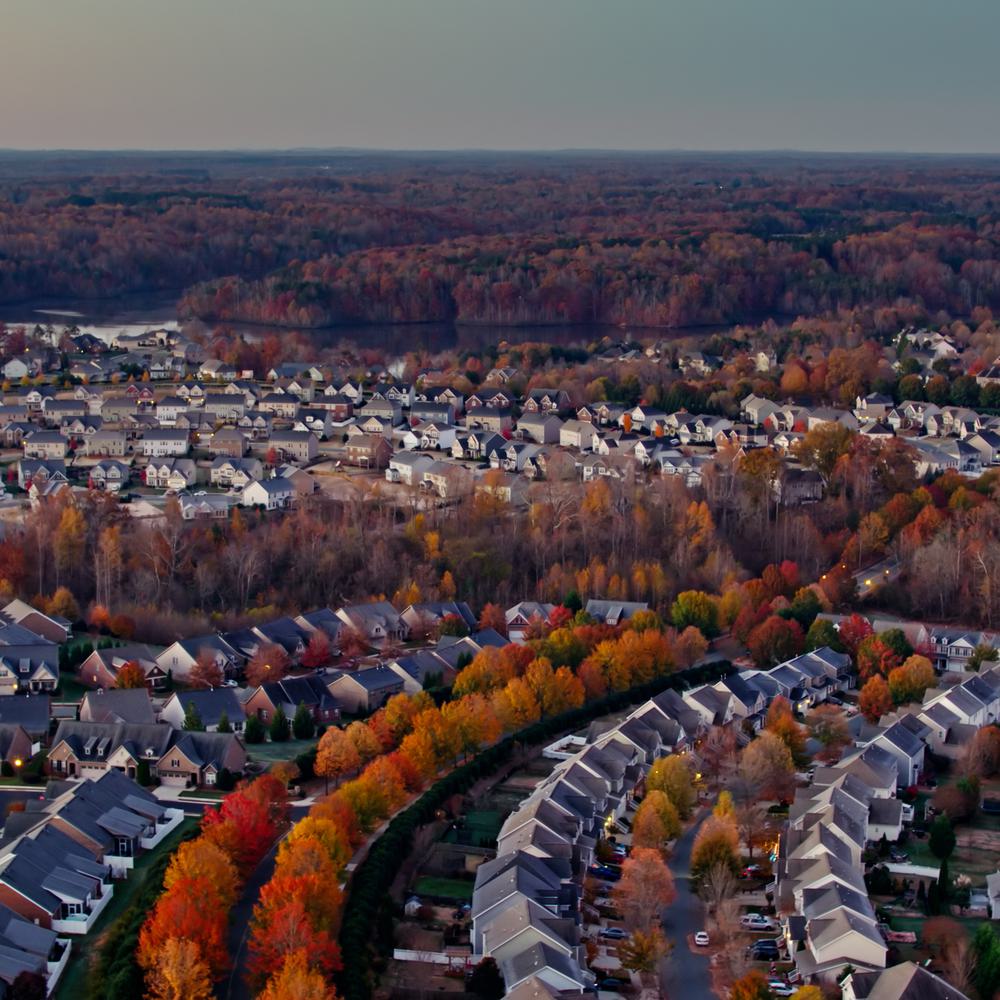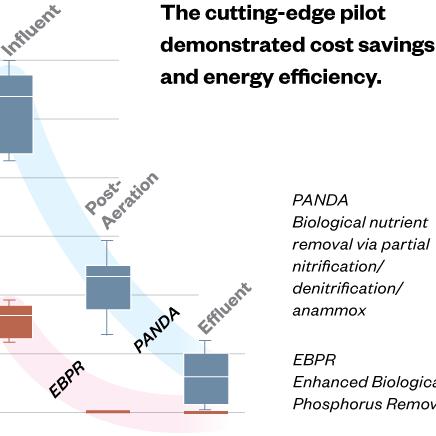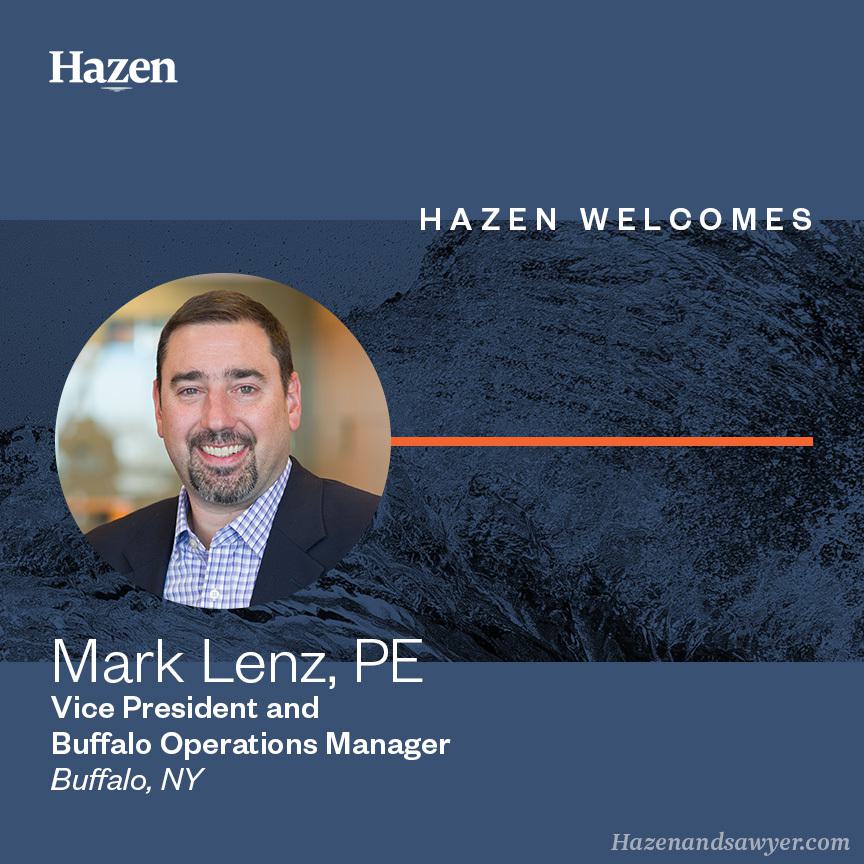A New Wastewater Collection and Treatment System in Senegal
Hazen and Sawyer worked with a team of local subconsultants to perform a study and provide conceptual design for a new wastewater treatment plant in Dakar, Senegal. Using the results from the detailed evaluation, Hazen and Sawyer selected the optimal treatment, collection, and discharge alternatives for the project.
Using existing information and data, along with information gathered from the site visit, Hazen and Sawyer evaluated the different possible sources of wastewater within the service area, determining wastewater quality and quantity.
The wastewater source analysis determined average, minimum, and peak wastewater flows, including impacts from wet weather and seasonal variations. In addition, Hazen and Sawyer determined projected wastewater flows based upon expected population growth and commercial/industrial development in the Corniche West region. Results from the analysis were summarized in a Technical Memorandum that detailed the findings of the study and identified the wastewater flow values that will be used for completing the feasibility study.
From Concept to Reality
Hazen worked to provide conceptual design for a new wastewater treatment plant in Dakar, Senegal.
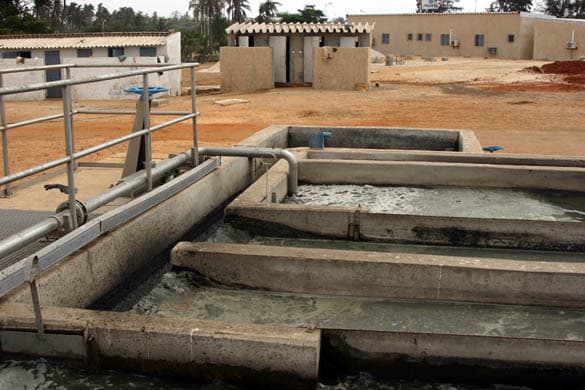
Hazen and Sawyer next developed a field sampling plan to ascertain the quality and quantity of different wastewater sources that are to be treated at the Corniche West Wastewater Treatment Plant. Following this work, the firm utilized maps, blueprints, and engineering schematics of the existing wastewater collection system, coupled with information compiled during the site visit, to develop a preliminary layout and design of an expanded collection system that will deliver raw wastewater to the new treatment plant.
Paramount to the project was the site evaluation and selection process. The site screening process involved investigating each site on the basis of physical, environmental, political, and social factors. The decision factors listed in the site selection criteria were independently evaluated and rated in terms of suitability. A site that best met these criteria was ultimately selected for constructing the treatment plant.
Hazen and Sawyer then evaluated treatment technologies that could be used to meet the target effluent wastewater quality and conducted a detailed economic evaluation on the most appropriate and feasible technologies.
Using the results from the detailed evaluation, Hazen and Sawyer selected the most feasible and desirable treatment, collection, and discharge alternatives for the project. These alternatives included specific details on selected technologies and equipment. The evaluation and selection process utilized an economic model took into account the following:
- Expected performance and effectiveness.
- Reliability and expected lifecycle.
- Implementability and constructability, including phased construction and implementation issues.
- Expandability.
- Lifecycle costs.
- Public health and environmental concerns.
- Operation and maintenance.
Project Outcomes and Benefits
- Characterization of wastewater influent and determination of average, minimum, and peak flows.
- Treatment plant site selection on the basis of physical, environmental, political, and social factors.
- Determination of treatment, collection, and discharge alternatives for the project based on expected performance and effectiveness, capital and operating costs, and future expandability.


